Teach students about similes and metaphors by asking them to describe... themselves!
How Are Similes and Metaphors Different?
Similes and metaphors are both figures of speechs used to comparative one thing with another. So how are they different?
Similes use the words ‘like’ or ‘as’ to compare one thing with another to suggest they are alike. Some examples of similes are:
His snores were like a blaring trumpet.
She was as cunning as a fox.
Metaphors are also used for comparison. However; instead of saying one thing is ‘like’ another, metaphors imply that the subject actually is that thing. Some examples of metaphors are:
Her eyes are sparkling diamonds.
His heart is a stone.
This self-portrait activity has been designed to allow your students to practise creating similes and metaphors. What better subject to write about than themselves?
Three Differentiated Versions of This Similes and Metaphors Activity
To complete this activity, students will draw a picture of themselves in the mirror on the worksheet. Two different mirror options are provided in the download. Students must write similes and metaphors about themselves using their drawings for inspiration.
Catering to a huge range of learners in your classroom? Of course, you are! That’s why we’ve provided three differentiated versions of this figurative language worksheet. The subtle differences between each version are outlined below:
- Version 1: Students write three similes or metaphors only using the prompts provided. They circle whether each statement they have written is a simile or a metaphor.
- Version 2: Students write five similes or metaphors using the prompts provided. They colour-code their statements according to whether they are similes or metaphors.
- Version 3: Students write as many similes or metaphors as they can. No prompts are provided. They colour-code their statements according to whether they are similes or metaphors.
Download, Print, Teach!
Use the dropdown icon on the Download button to choose between the easy-print PDF or editable Google Slides version of this resource.
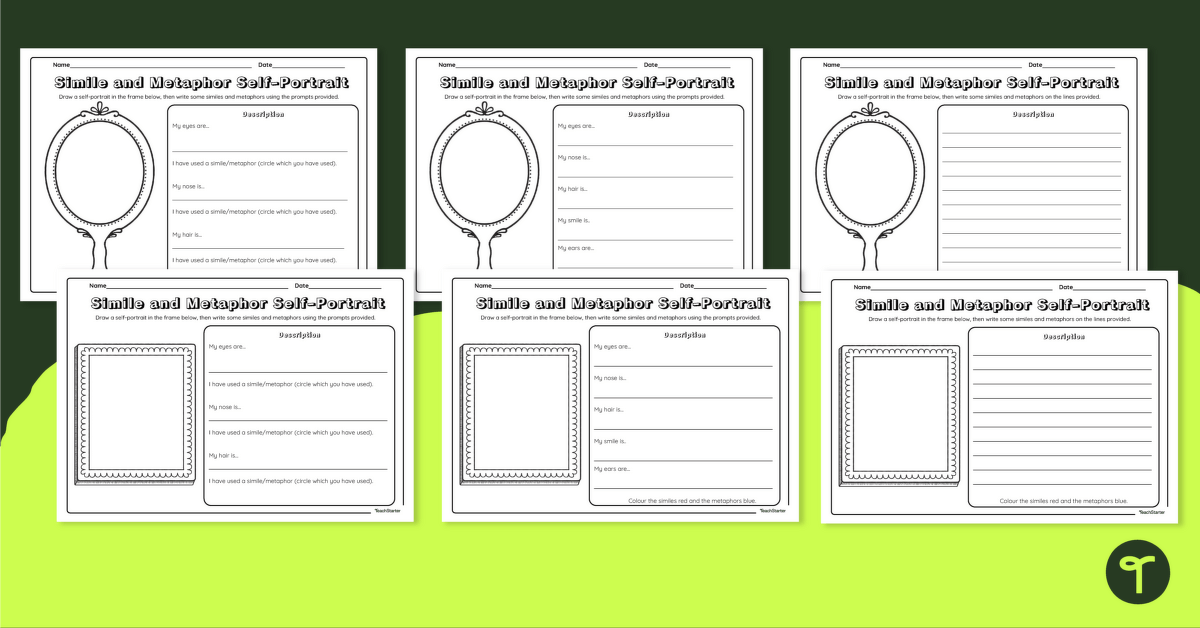


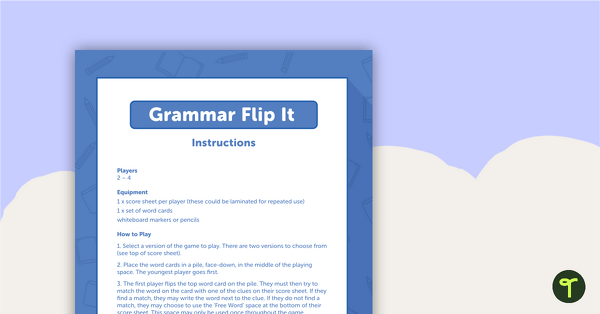
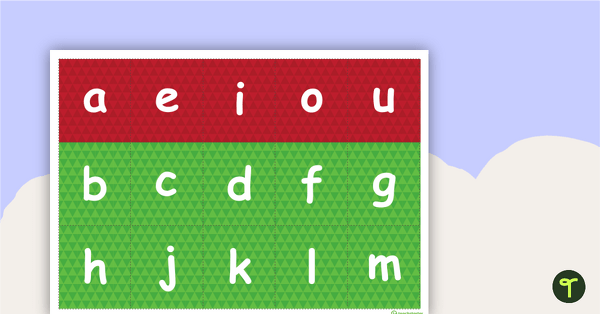
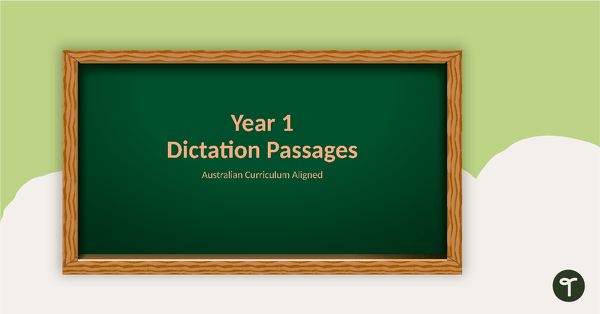
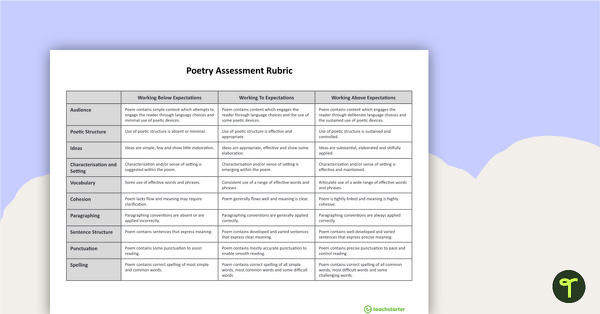
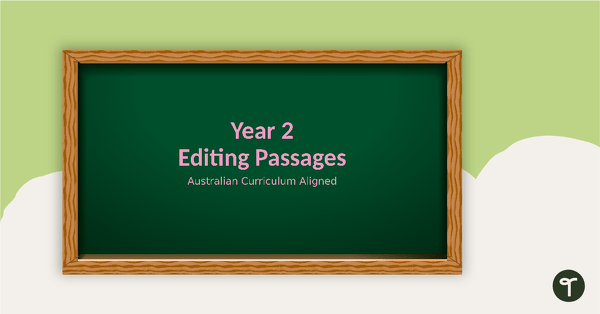
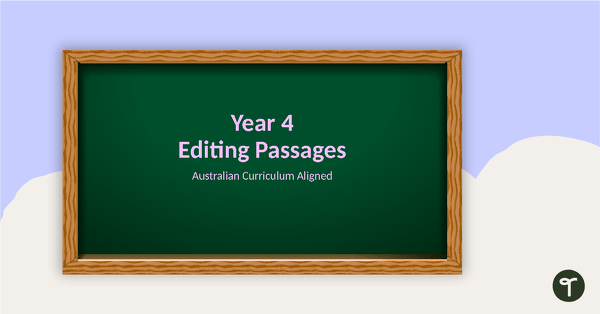

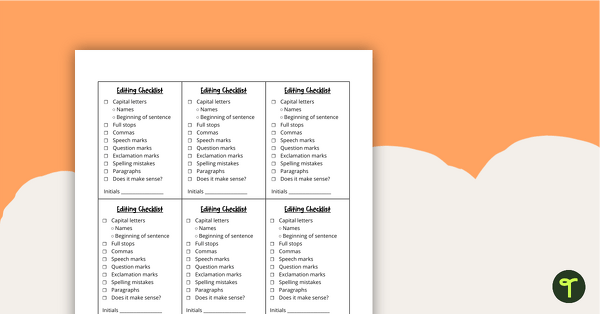
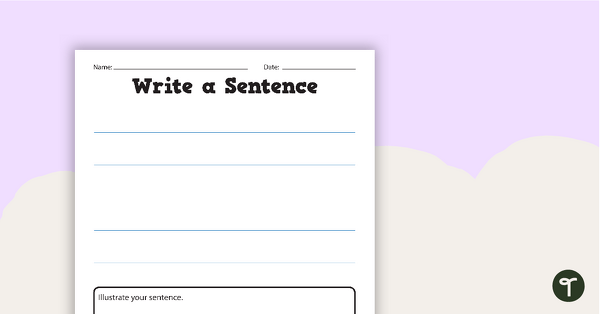
2 Comments
Write a review to help other teachers and parents like yourself. If you'd like to request a change to this resource, or report an error, select the corresponding tab above.
No comments yet.